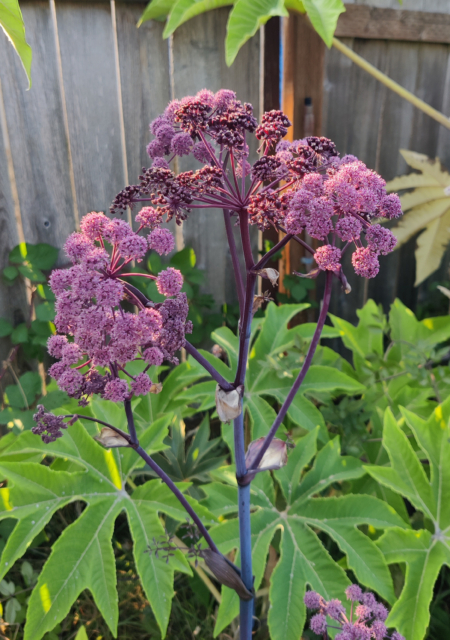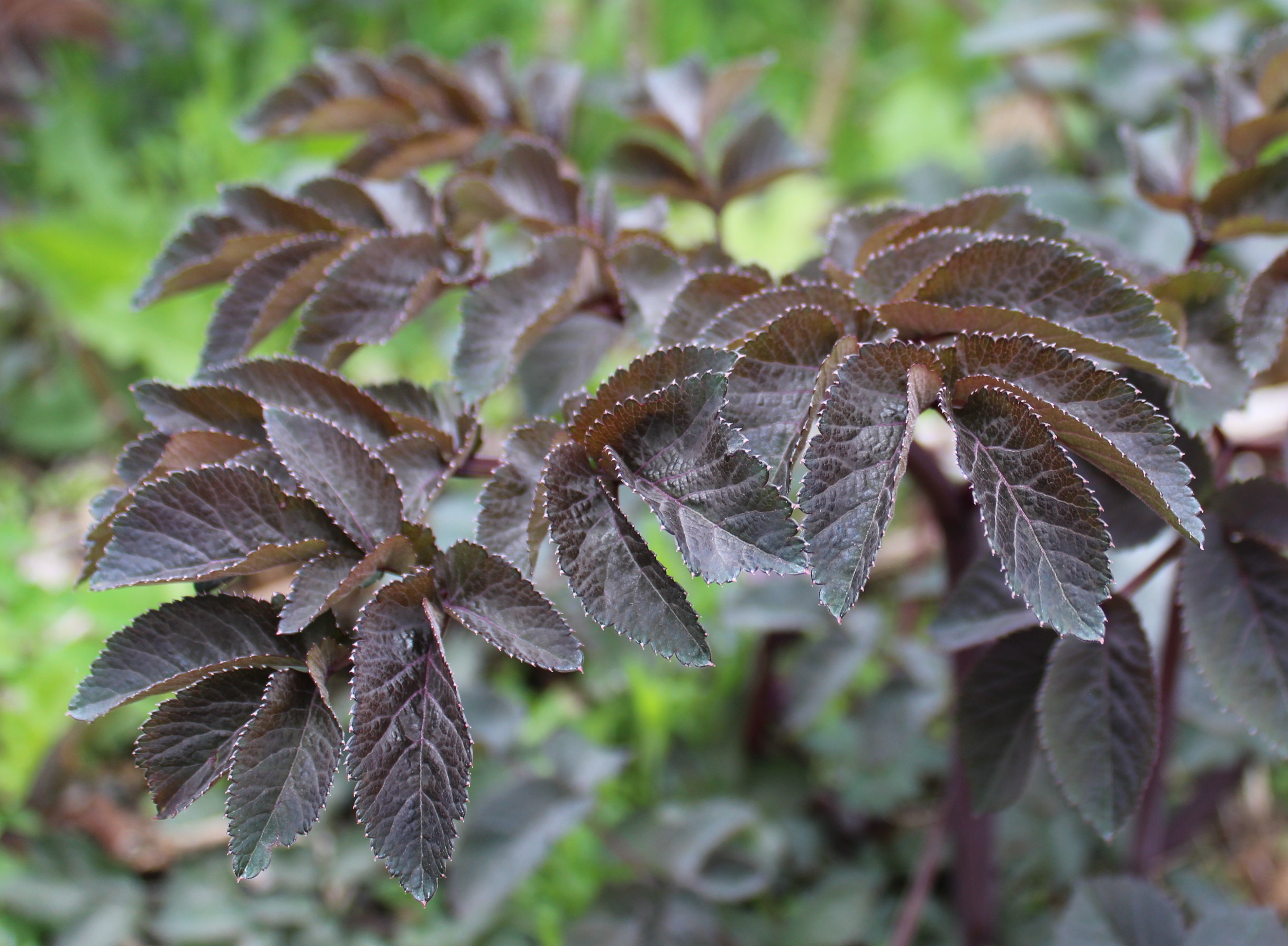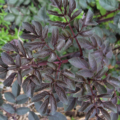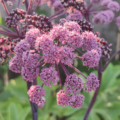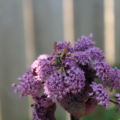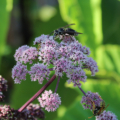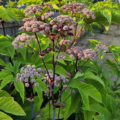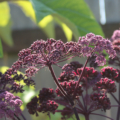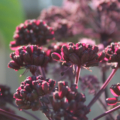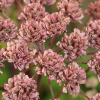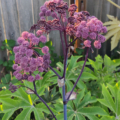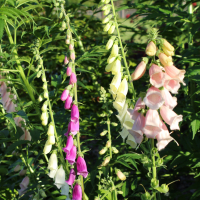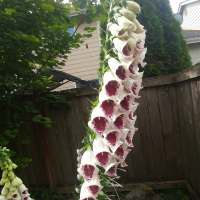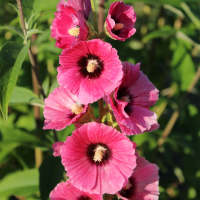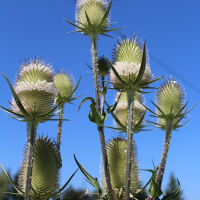Description
Angelica stricta purpurea (Angelica sylvestris purpurea) | ‘Purpurea’ Purple Angelica
Harvested in October/November 2023!
Purple Angelica, also known as Korean Angelica is a biennial plant with its umbel shaped flowers putting on a big show during the second year, then seeding and dying.
Its purple-black foliage is beautiful and luxurious, making it stand out like royalty in the garden.
Angelicas are loved by butterflies and various other pollinators, too! Easy to grow and can bloom first year if planted early enough in the spring. Rich soil is best. Self-sows readily.
If starting seeds indoors, Angelica seeds will require a 60 day period of cold-moist stratification before the seeds will germinate. Or if you plan on starting them outdoors you can sow the seeds in the fall and let nature take care of the stratification.
Cold stratification is a term for a procedure that can improve certain seed germination rates by 300-400%. Cold stratification is designed to mimic the winter season’s cold and moist weather that unlocks a seeds protective germination mechanisms and triggers the seed to sprout out of its dormant state. (Most perennial plant seeds (such as native wildflowers) require this combo of cold and damp to germinate.) In nature, this occurs naturally, but by doing the process yourself in a controlled environment, you keep the young seeds safe from any animals that might eat them and they’ll also be less likely to succumb to rot or mildew, leaving more seeds to grow.
There are many methods to cold-stratify seeds, but the two key factors are always moisture and cold. The best and easiest way is to put a small amount of moist/wet sand/soil in a zip baggie and store in the refrigerator for 2 months time (or more). Once stratified, surface sow the seeds (and sand) and gently press into the dirt. Be sure to plant stratified seeds within a day or so after removing them from the refrigerator because as soon as they warm up they will be ready to grow and may start to sprout. Germination will occur with heat humidity and light. If planting outdoors, seed will germinate once spring temps warm up and sunlight is adequate. These seeds may even take two winters to sprout outdoors. Seedlings will begin to appear in early spring.
It is recommended to plant these seeds as soon as possible due to their short shelf life.
Type: Biennial, short lived perennial
Light requirments: Full sun to part shade
Mature height: 4-7 ft
Mature width: 3-4 ft
Hardiness zones: 5-8

